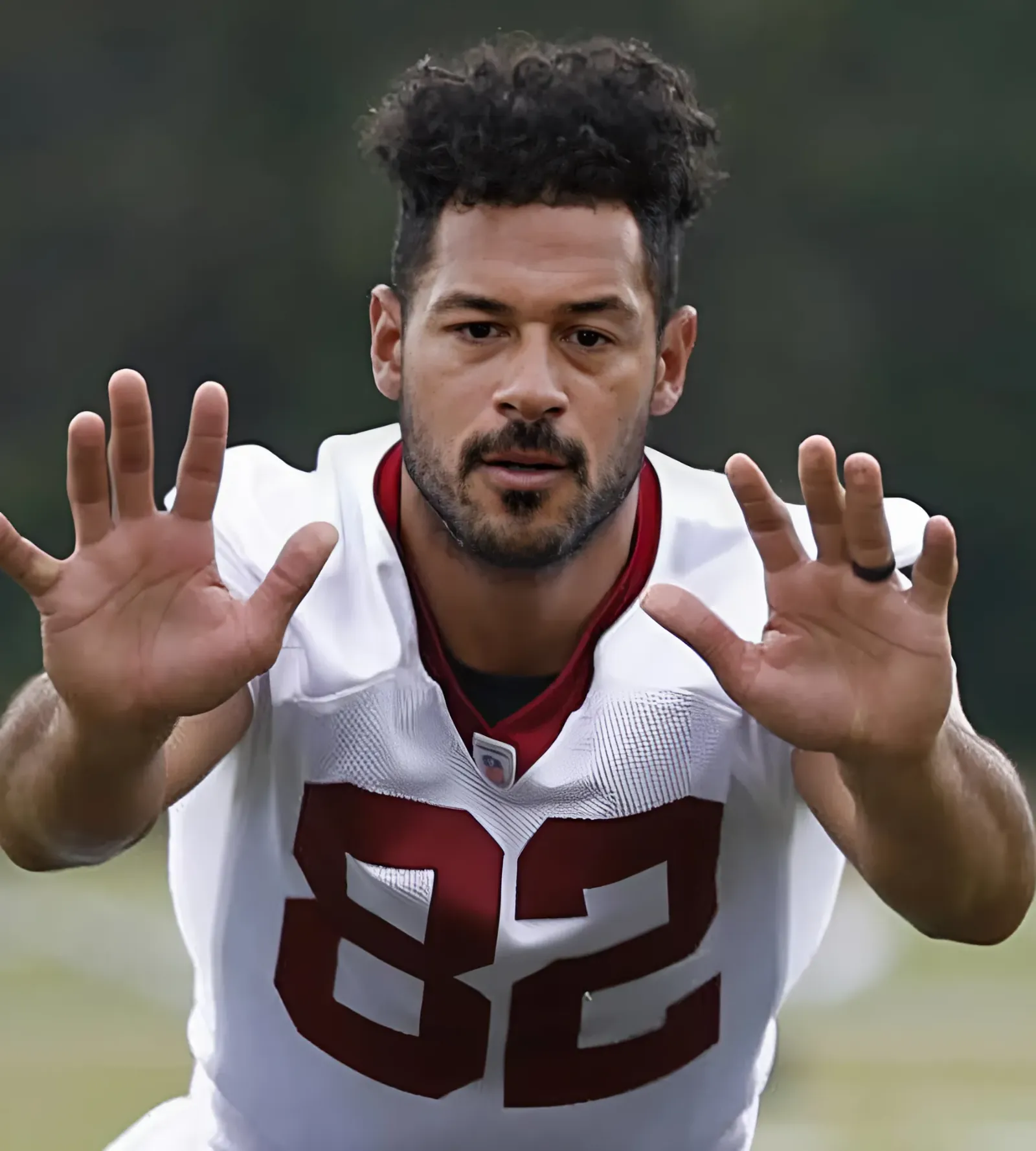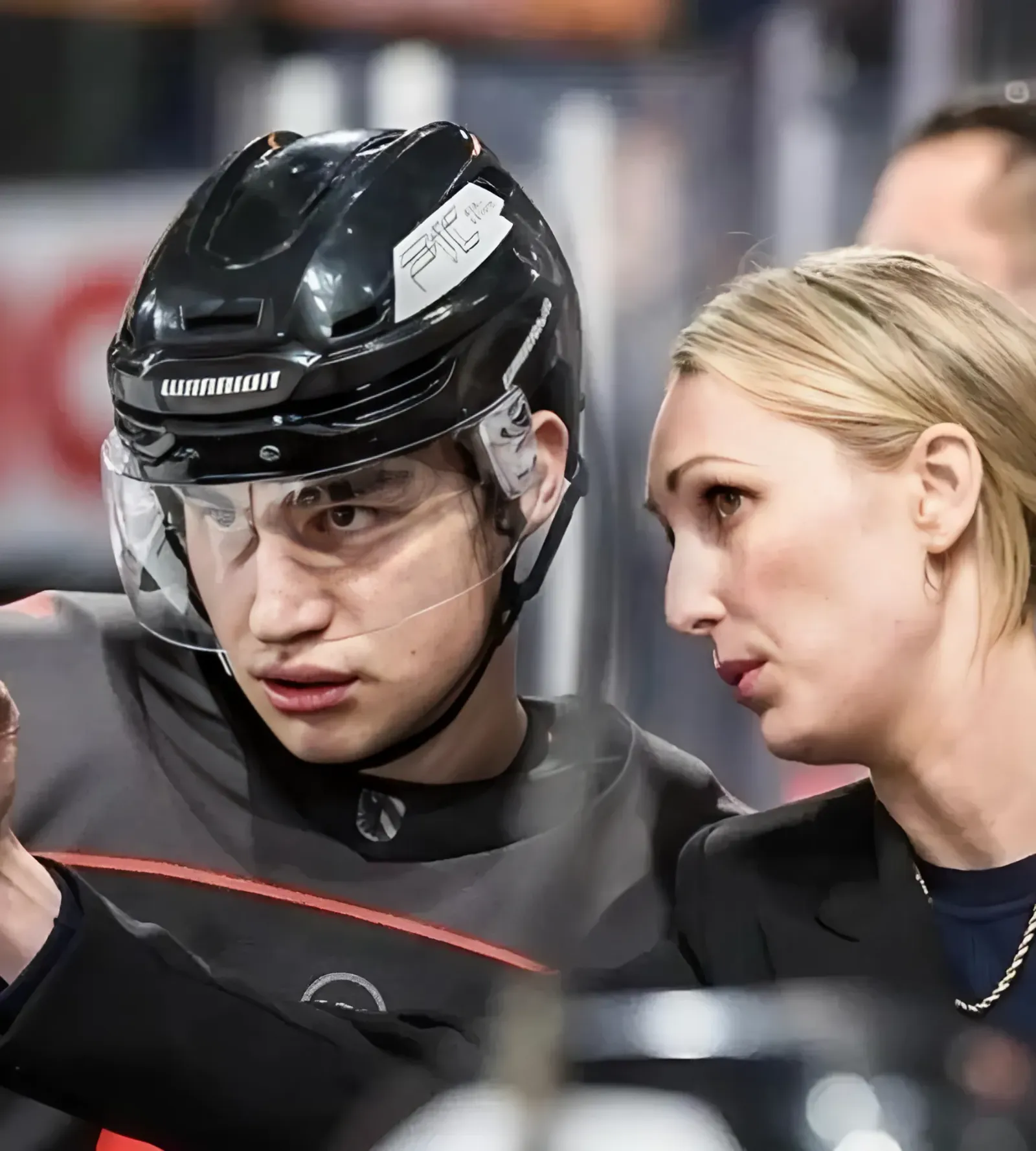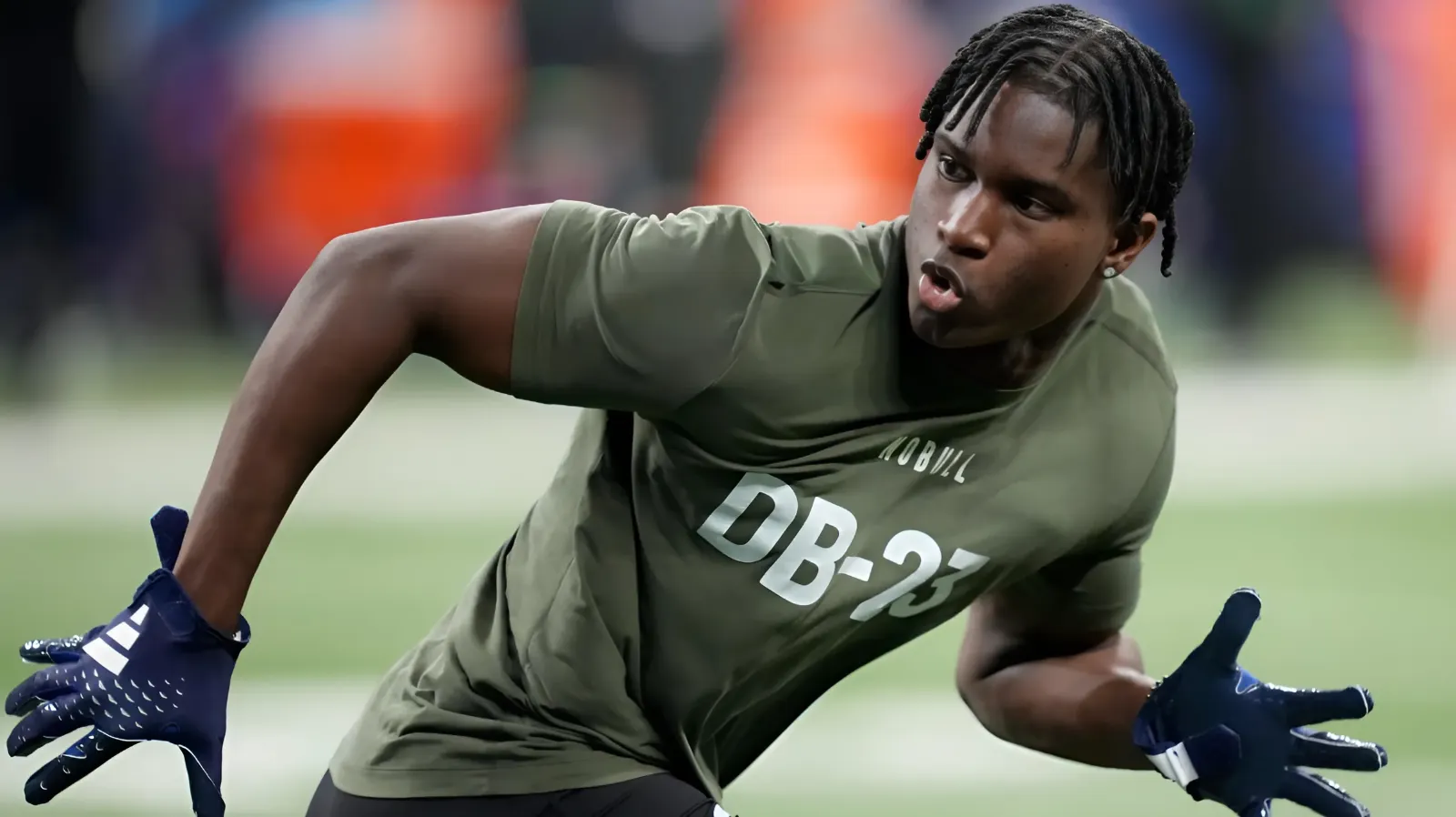As the Stanley Cup Final nears its end, the Rangers already have dispersed for the summer with an offseason full of questions ahead.
The Blueshirts’ Stanley Cup drought will trudge on to 31 years next season, and the team as constructed the past five years or so hasn’t been able to get over that conference final hump.
President and general manager Chris Drury and the rest of the Rangers front office will look at how to rectify that over the next three months and set this team up for the utmost success next season.
Here are the top five questions the organization must ask itself if it hopes to do so:
Can this core get it done?
The track record says no, but the team says yes.
You can’t put a price on a core that has been together, grown together and proved to be successful together.
It does become less valuable, however, when the measure of that success is no longer reaching expectations.
Under first-year head coach Peter Laviolette, this core and team thrived.
The next test will be to see how receptive they are to his ways in Year 2.
That’s not so much the issue that the Rangers face; it will always come down to how they stack up against the other contending teams.

Rangers president and general manager Chris Drury has many big decisions to make this offseason
There are plenty of overarching themes to the team’s recent postseason runs that call into question if they’re built to go the distance.
That’s a matter of personnel, and it’s something the Rangers will have to consider moving forward.
Is a big move necessary?
Completely blowing up a core that’s not only gotten to the conference final in two of the last three years but also is coming off winning the Presidents’ Trophy seems drastic.
Nevertheless, a few major changes might be how the club clears that last hurdle to get to the Cup Final.
There are ways to alter the look and feel of a lineup with one or two big changes, whether that be taking someone out and replacing him with another or rearranging line combinations/defensive pairings that have been staples for years.
These are possibilities the Rangers will have to consider if they believe that adjusting the complexion of this team is necessary to take the next step.
Players such as Chris Kreider, Mika Zibanejad, Barclay Goodrow and Jacob Trouba have been such a big part of what the Rangers have done in recent years, but it hasn’t been enough for the Stanley Cup.
What’s too much for Shesty?
Extending Igor Shesterkin surely is near the top of Drury’s agenda, for obvious reasons — the star Russian netminder is their best player and all — but the outlook has to remain on the big picture and Cup aspirations.
The Henrik Lundqvist era should serve as a cautionary tale for the Rangers, who weren’t able to reach hockey’s Mount Everest while the Hall of Fame goalie accounted for between 12.3 percent and 10.4 percent of the organization’s cap from 2014-15 to 2019-20.

Igor Shesterkin talks with the media as part of the Rangers’ season-ending interviews
That said, Shesterkin is the Rangers’ backbone, and he has earned his keep.
The floor for negotiations appears to be $10.5 million, while the starting point is looking like $12 million.
The balancing act of ensuring both that the 28-year-old is satisfied and that the franchise is not handcuffed financially, in order to bolster the roster around him, will be a tightrope walk.
What’s in Kakko’s future?
The Rangers signed Kaapo Kakko to a one-year deal Thursday at his qualifying offer price of $2.4 million, which provided Drury with some cost certainty as he navigates the offseason.
Signing Kakko to such a cost-effective deal helps if he remains with the club or as a reasonable contract that could attract a trade partner, if parting with the Finn is what Drury decides to do.
It would have to be the right deal, of course, with a regular and impactful skater as part of the return to fill the void left by Kakko.
The Rangers could try to see it through with their 2019 second-overall pick?
Alexis Lafreniere is coming off his breakout season; who is to say Kakko wouldn’t have his next?
On the other hand, Kakko may be open to a fresh start, especially if his role continues to include limited power-play time and bottom-six minutes.
How will defense shake out?
Two key members of the blueline, Braden Schneider and Ryan Lindgren, are impending restricted free agents, but only the latter owns arbitration rights.
The expectation is that both defensemen will be priority signings this offseason, especially since the two have been staples on the Rangers’ back end for three and five seasons, respectively.
Of course, Adam Fox still has five years remaining on his seven-year deal, while K’Andre Miller is set to begin the final season of his two-year contract. Jacob Trouba is coming off an up-and-down campaign capped by an underwhelming postseason.
And as his modified no-trade clause kicks in on the second-to-last season of his seven-year deal, the captain carries an $8 million cap charge that could be tempting to free up.
Erik Gustafsson was good but not great on the one-year, $825,000 deal he signed with the Rangers last July.
There is also Zac Jones, who is still waiting in the wings and is about to begin the second half of his two-year, $812,500 deal.



